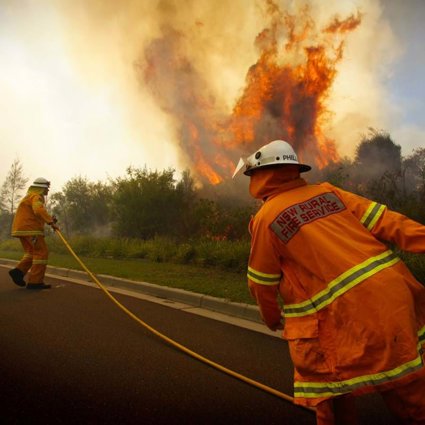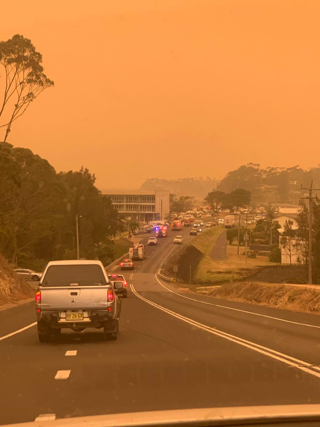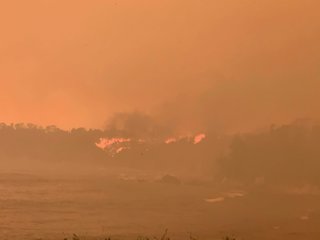
What are the causes?
FFDI
The Australian climate scientists at CSIRO (Commonwealth Scientific and Industrial Research Organisation) have long developed the Forest Fire Dryness Index (FFDI) which ranges from Low-Moderate (0-11) to Catastrophic (100+). Both the 2009 Black Saturday forest fires and the current 2019/20 state of emergency bushfires have recorded exceptionally high levels of dryness.
Drought
To compound matters, Australia has suffered from extreme drought from 2017 to the present day. Drought is identified when rainfall is in the lowest decile of what has been recorded in that area compared with the past. There are some excellent choropleth maps on historical Australian drought from the university of Melbourne.
Changes in prevailing wind and SAM
This is an Australian climate driver. The Southern Annular Mode (SAM) influences rainfall and temperature affecting where the Westerlies blow. These strong winds (the roaring forties and the furious fifties) normally blow further south of Australia and sit beneath an area of high pressure called the subtropical ridge, but this year the belt of westerlies moved further north, allowing stronger westerlies to blow over southern Australia. This ultimately fanned the wildfire flames making firefighting very difficult to do. The Australian Bureau of Meteorology (BoM) has a short explanation of the current positive SAM event. Watch this next BoM video to further understand the SAM.
The Indian Ocean dipole
The most significant driver in the Indian Ocean is the Indian Ocean Dipole (IOD). This is another climate driver. There are different phases to the IOD every 3 to 5 years. A positive IOD phase starts in winter with weak Westerly and even Easterly winds forming. This allows cool water to rise up from the depths adjacent to NW Australia. Cooler water and descending air in the eastern Indian Ocean mean less clouds form and less rainfall for Australia. This year has seen an extreme IOD in a positive phase. This atmospheric change draws much needed moisture away from Australia. Learn more by watching this video.
Lightning storms
According to the Bureau of Meteorology, Northern Territory, there were a staggering 91,000 lightning strikes recorded in the Darwin area on Christmas day 2019! Many people say that Darwin, in the north, is the ‘lightning capital of the world’ as storms are triggered over the Arnhem Land ranges and over Bathurst Island. To the northeast is the secondary maximum of thunderstorms and lightning occurrence, largely over Queensland. Dry lightning strike forecasts were predicted as early as September 2019 with fire warnings like this video from Sky News Australia. Lightening occurrence generally decreases southward, with low recordings for South Australia, Victoria, New South Wales, southern parts of Western Australia and Tasmania.

